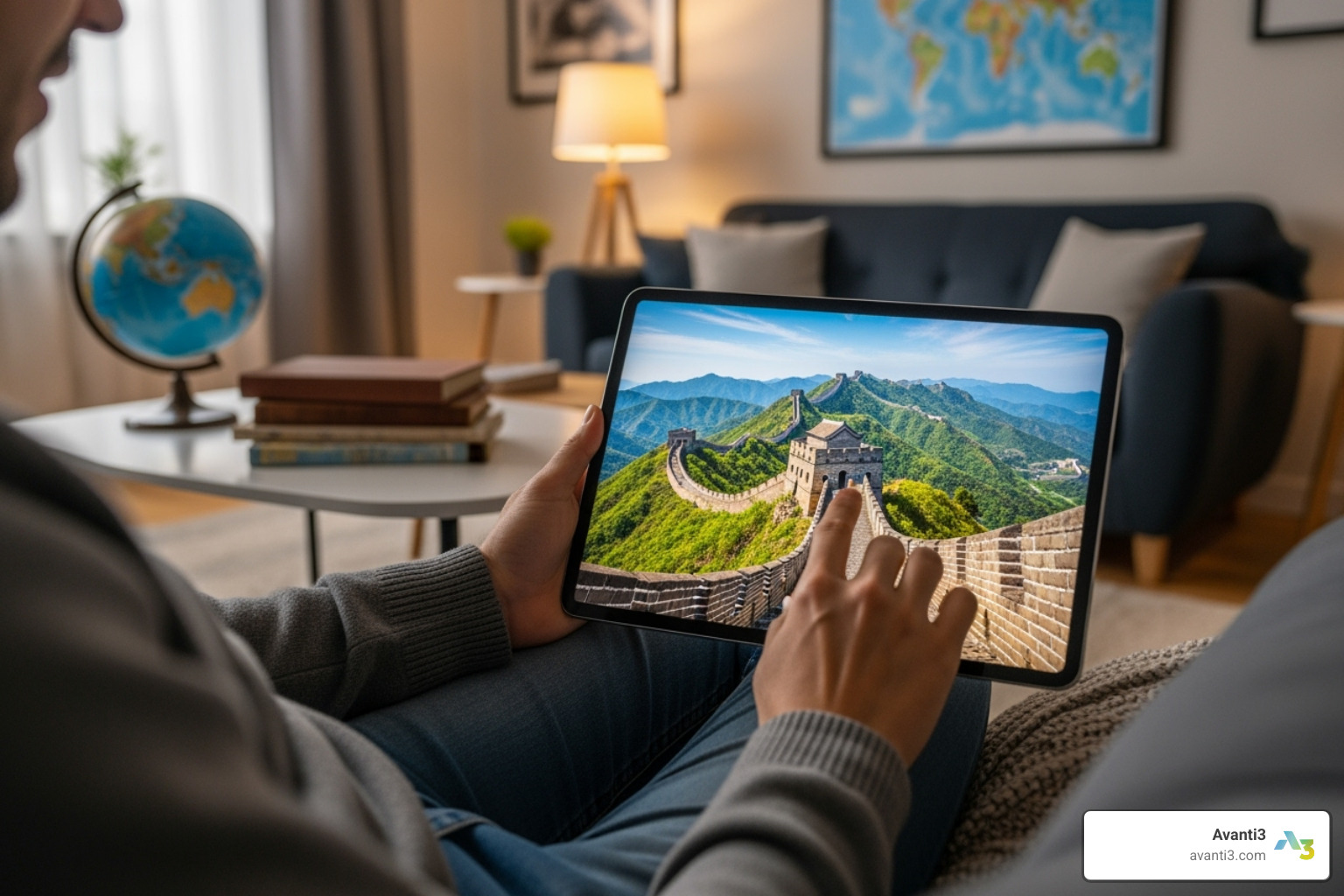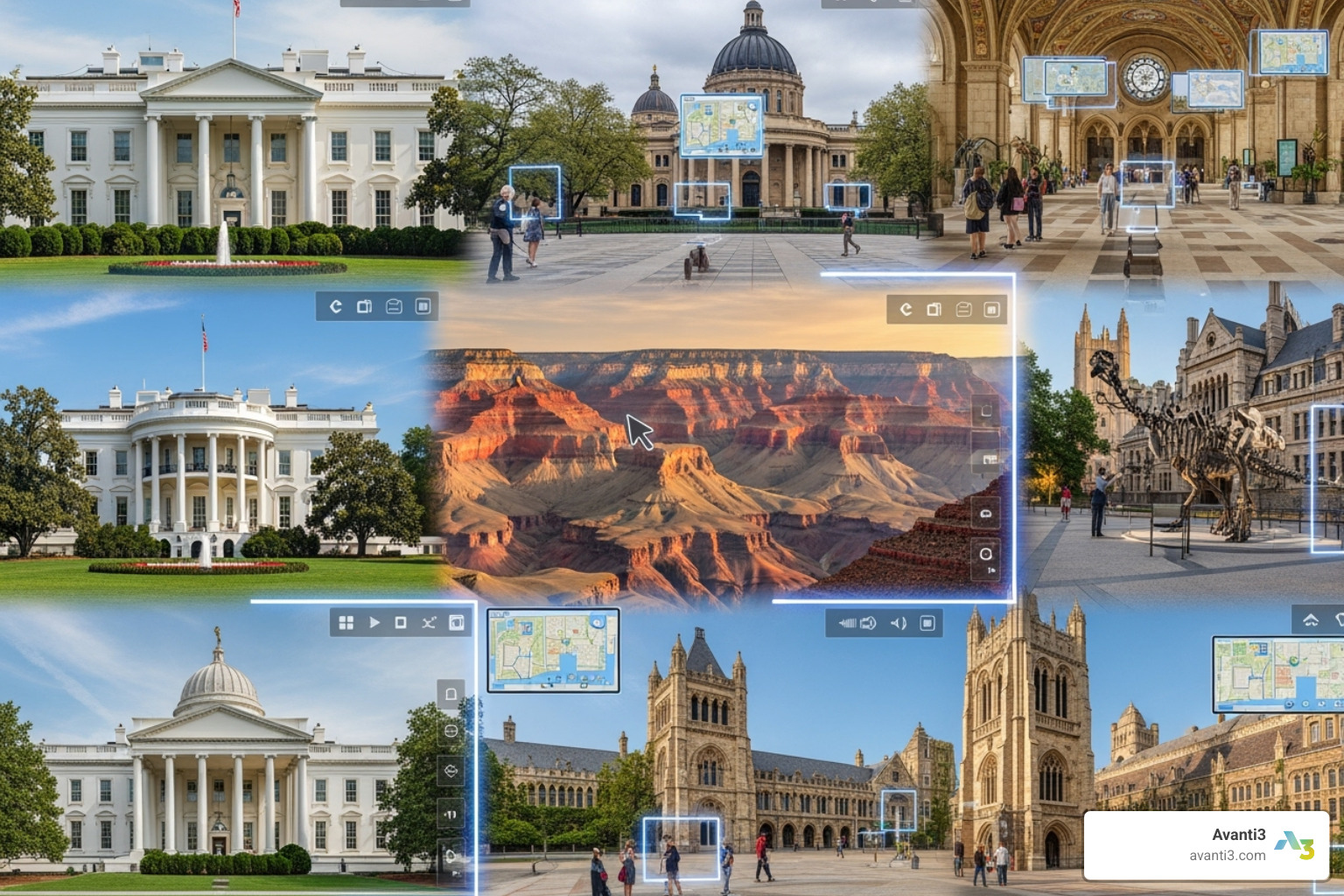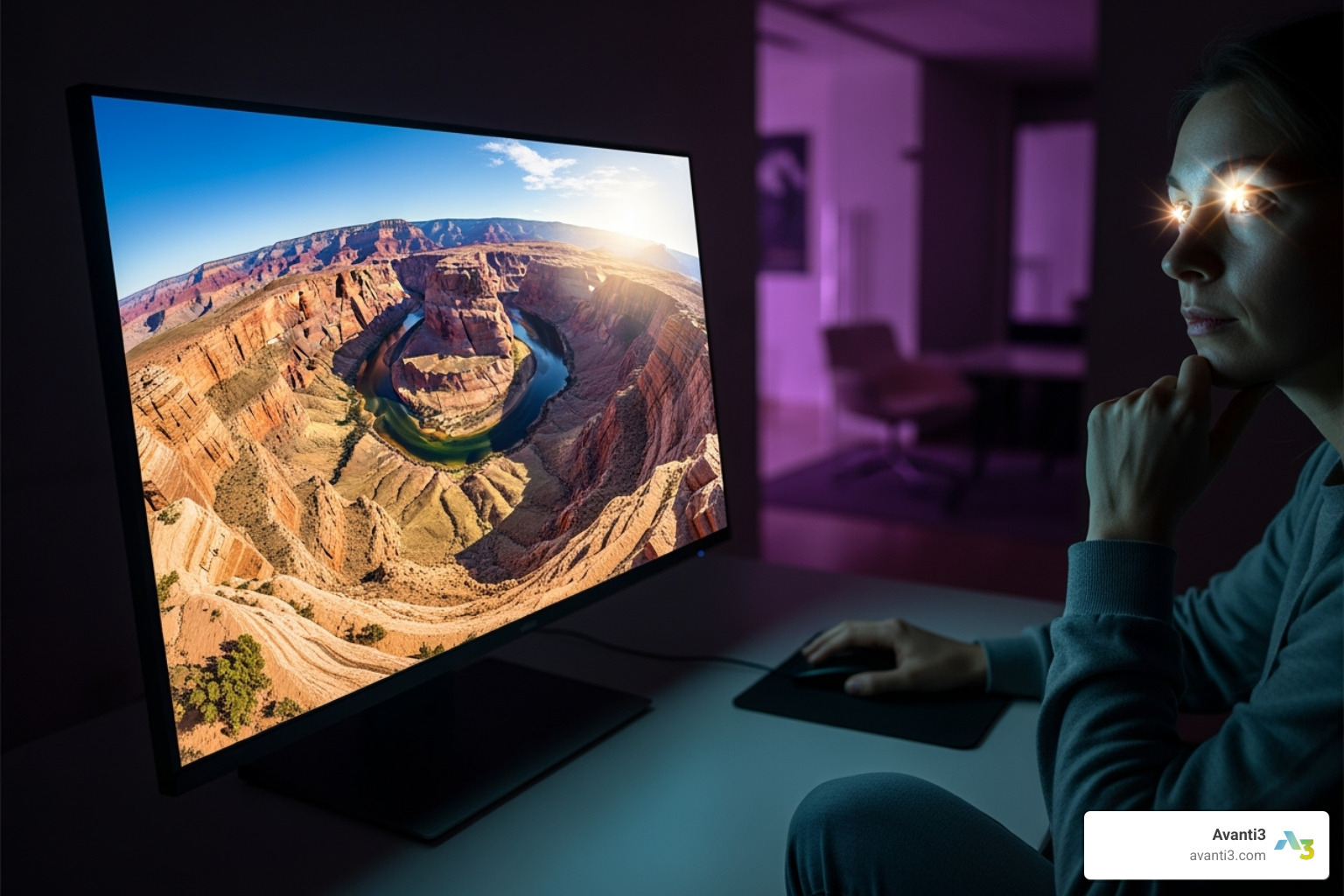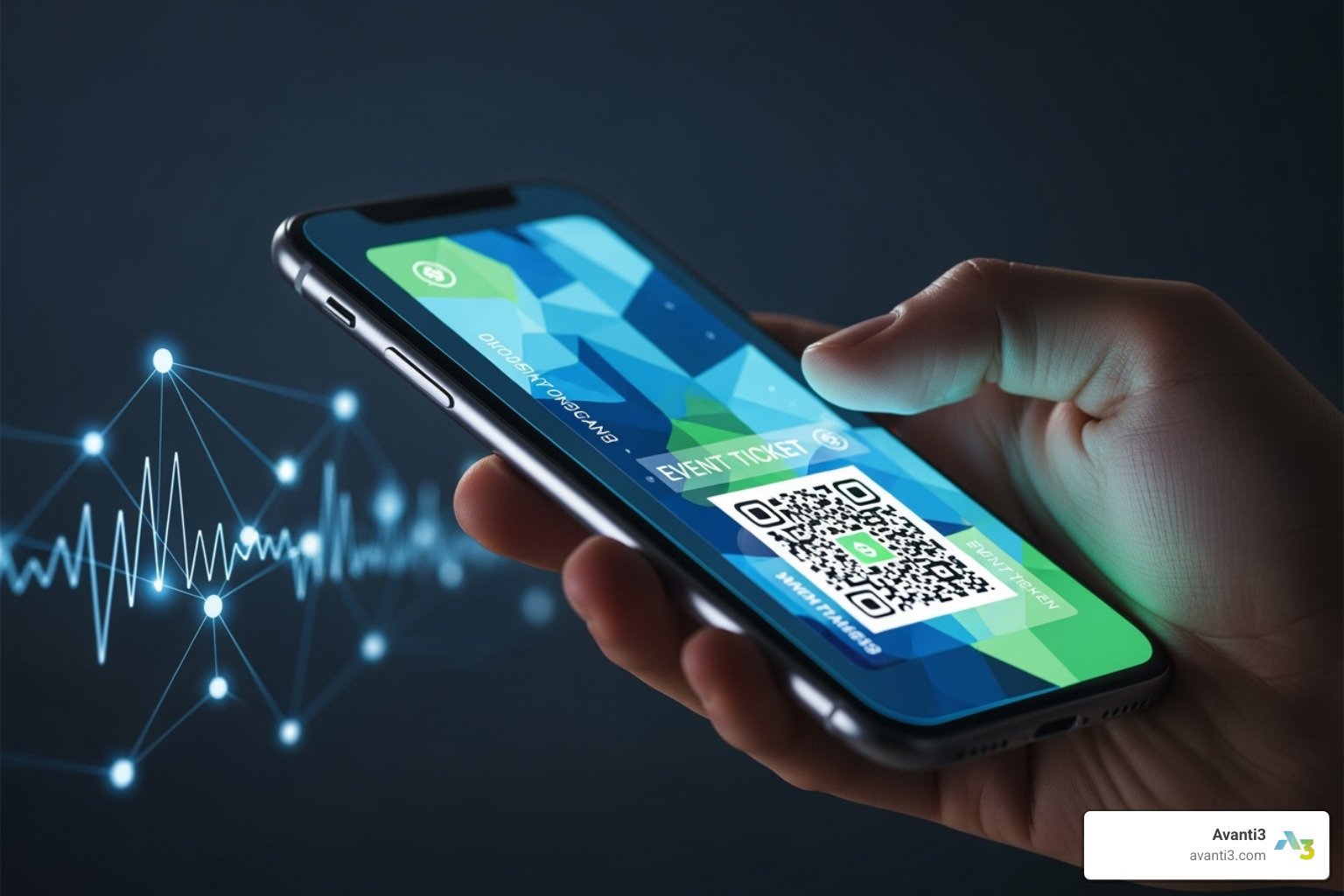Your Passport to a World of Digital Exploration
Virtual tours are interactive digital experiences that let you explore real-world locations through immersive technology from anywhere with an internet connection.
Key Benefits of Virtual Tours:
- Global Access – Visit thousands of museums and landmarks worldwide.
- Cost-Free Exploration – Experience top destinations without travel expenses.
- No Crowds or Lines – Explore at your own pace, anytime.
- Improved Learning – Get closer views than in-person visits with zoom features.
- Accessibility – Ideal for those with mobility limitations or travel restrictions.
The virtual tour industry has exploded beyond museums. From real estate showings to Mars exploration, these digital experiences offer unprecedented access to places you might never visit physically. Modern virtual tours are powerful because they allow for a more detailed examination of spaces and objects than in-person visits. As one visitor noted, they let you “examine rooms and objects closer than in person.”
Whether you’re exploring the Louvre’s exhibits or taking a university campus tour, virtual experiences are changing how we learn about the world.
I’m Samir ElKamouny AV, and I’ve helped brands and creators harness innovative technologies to build engaging digital experiences, including cutting-edge virtual tours. Let me show you how to open up the full potential of digital exploration for your brand or personal journey.
Common virtual tours vocab:
- 3d art
- art for exhibition
- digital art websites
The World at Your Fingertips: A Guide to Immersive Virtual Tours
We live in an age where the world is literally at our fingertips, thanks to the magic of virtual tours. Gone are the days when exploring distant lands required a plane ticket and endless planning. Now, with a click, we can traverse continents and centuries from home.
Why Go Virtual? The Best Benefits
So, why are virtual tours becoming such a sensation? The benefits are as vast as the digital landscapes they open up.
First, virtual tours democratize exploration. They remove geographical and financial barriers, allowing anyone with an internet connection to experience places that might otherwise be out of reach. Imagine gliding up the Guggenheim’s spiral ramp or strolling through the Uffizi Gallery from home. This incredible reach contributes significantly to cultural preservation and accessibility.
For education, virtual tours are a game-changer, changing learning into an immersive adventure. Students can tour complex facilities like the Peel Region’s water treatment plants or explore the White House with supplemental educational resources. It’s possible to inspect Neil Armstrong’s spacesuit at the Smithsonian National Air and Space Museum with a level of detail often impossible in a crowded museum.

Virtual tours also offer unparalleled convenience. Forget crowds and queues; you can explore at your own pace, zoom in on details, and revisit exhibits anytime. It’s like having a private viewing on your own schedule.
Furthermore, they provide access to exclusive or temporarily closed sites. The Pergamon Museum in Berlin, for example, is closed for renovations, but its virtual tour keeps its wonders accessible. Similarly, you can step inside Frida Kahlo’s Casa Azul without leaving your house. Our expertise in Digital Experience Design means we understand how to craft these journeys to be as intuitive and enriching as possible.
From Museums to Mars: Where Can You Go with Virtual Tours?
The scope of virtual tours is astounding, spanning cultural institutions and scientific exploration. If you can imagine it, a virtual tour likely exists for it.
Museums are pioneers in this space. Platforms like Google Arts & Culture host online tours of more than 2,000 museums. You can virtually stroll through the Musée d’Orsay, explore the Vatican Museums, or view curated exhibits from the Louvre. For art lovers, Virtual Art Experiences offer an unparalleled opportunity to engage with masterpieces.

Beyond art, virtual tours extend to many other areas:
- Universities: Prospective students can explore campuses like U of T Mississauga to get a feel for the environment and student life.
- National Parks: Experience breathtaking natural wonders and wildlife from afar, perfect for planning a future trip.
- Historical Landmarks: Visit significant sites like the Palace of Versailles or the White House in 360 degrees.
- Real Estate: Get detailed walkthroughs of properties before an in-person visit, saving time for everyone.
- Scientific Facilities: Understand complex processes at places like the Large Scale Systems Museum, which are often off-limits to the public.
Here are some top destinations we recommend:
- Art Museums: The Vatican Museums, The Louvre, The Met, Van Gogh Museum, Uffizi Gallery, Musée d’Orsay, Rijksmuseum, Frida Kahlo Museum.
- Historic Sites: The British Museum, Smithsonian National Air and Space Museum, White House, Palace of Versailles.
- University Campuses: University of Toronto Mississauga (U of T Mississauga).
The Technology Behind the Magic
How are these incredible virtual tours made? It’s a blend of cutting-edge technology and skilled craftsmanship.
The core technology is 360° photography, which captures a complete spherical view of a location. These images are then stitched together to create high-resolution gigapixel imagery, allowing you to zoom in and see incredible detail.
For the most immersive experiences, VR headsets place you inside the 360° environment, making you feel truly present. The Met’s 360° Project, for example, is even more captivating with a VR headset.
Many tours also incorporate interactive elements. Augmented Reality (AR) overlays can add layers of digital information, while interactive hotspots—clickable points within the tour—reveal more information or transport you to another room. Our work in AR/VR Immersive Experiences leverages these technologies to create dynamic interactions.
Underneath it all, web technologies like HTML5 & JavaScript ensure seamless navigation and performance across all devices, from desktops to mobile phones.
Virtual vs. Reality: A Comparative Look
How do virtual tours stack up against the real thing? They are a powerful complement to, not a replacement for, in-person experiences.
| Feature | Virtual Tours | In-Person Visits |
|---|---|---|
| Cost | Free or low-cost | Significant (travel, tickets, accommodation) |
| Accessibility | Global, 24/7, for all physical abilities | Limited by location, time, physical ability |
| Sensory Exp. | Visual, auditory (limited) | Full sensory (smell, touch, atmosphere) |
| Information | Curated, zoomable details, interactive content | Live guides, spontaneous findy |
| Crowds | None | Often present, can be distracting |
| Convenience | Explore from anywhere, anytime | Requires planning and travel time |
| Detail | Superior for close-ups (gigapixel) | Limited by physical barriers |
Pros of Virtual Tours:
As highlighted, the pros are significant: they are cost-effective, highly accessible, crowd-free, and convenient. The ability to zoom in on gigapixel images often provides a level of detail impossible in person.
Cons of Virtual Tours (Drawbacks and Limitations):
The main drawback is the lack of a full sensory experience—you can’t smell, touch, or taste the environment. The human element of shared findy and spontaneous interaction is also missing. As one virtual tour creator put it, “nothing beats seeing the exhibits… in person.”
We see virtual tours and in-person visits as complementary. A virtual tour can be a fantastic preview for a future trip or a way to revisit a beloved place. They expand our horizons in ways previously unimaginable.
The Future of Exploration: What’s Next for Digital Journeys?
The world of virtual tours is evolving at lightning speed, and we’re just getting started. The future holds experiences so immersive and personalized that they’ll blur the line between digital and physical exploration.
The Next Frontier: AI, Web3, and Gamified Virtual Tours
Imagine a virtual tour of Pompeii where an AI-powered guide notices your interest in architecture. It could instantly offer deeper insights, suggest related areas, and even adjust the lighting to highlight features you’re examining. This isn’t science fiction; it’s the near future of virtual tours, where AI creates dynamic, personalized journeys. Our expertise in AI Digital Marketing shows how powerful this customization is for engagement.
Now add gamification. Imagine earning points for finding hidden artifacts in a museum tour or solving historical puzzles to open up special rooms. These game-like elements turn passive viewing into active participation, making learning feel like play.
Web3 technology adds another layer. Think of digital collectibles as your new souvenirs. Complete a tour of the Egyptian pyramids and receive a unique digital artifact authenticated on the blockchain. These collectibles could open up exclusive content or become valuable items. Blockchain ensures these digital souvenirs are authentic and truly yours, creating new ways for institutions to engage visitors. Your curiosity could lead you down a completely different path than another visitor, making each adventure unique. Through our work with Digital Engagement Platforms, we’re building the infrastructure for these intelligent experiences.
Creating Your Own Immersive Worlds
You don’t need to be a tech giant to create a virtual tour. DIY platforms have made it possible for anyone, from local historians to small businesses, to share their spaces with the world.
But to create something that tells a compelling story and drives real engagement, professional services are invaluable. At Avanti3, we bring together AI, blockchain, and AR/VR to craft narrative experiences that connect with people on an emotional level. Our approach to Digital Brand Engagement transforms virtual tours from simple viewing into powerful tools for building lasting relationships.
The future we’re building goes beyond just looking. Imagine virtual tours with haptic feedback to feel ancient walls, adaptive AI companions, and blockchain-verified achievements. These aren’t just tours—they’re entire worlds waiting to be explored.
Ready to create next-generation Virtual Reality Experiences that captivate and inspire? The technology exists today, and the possibilities are limitless. Where will your digital journey take you?







